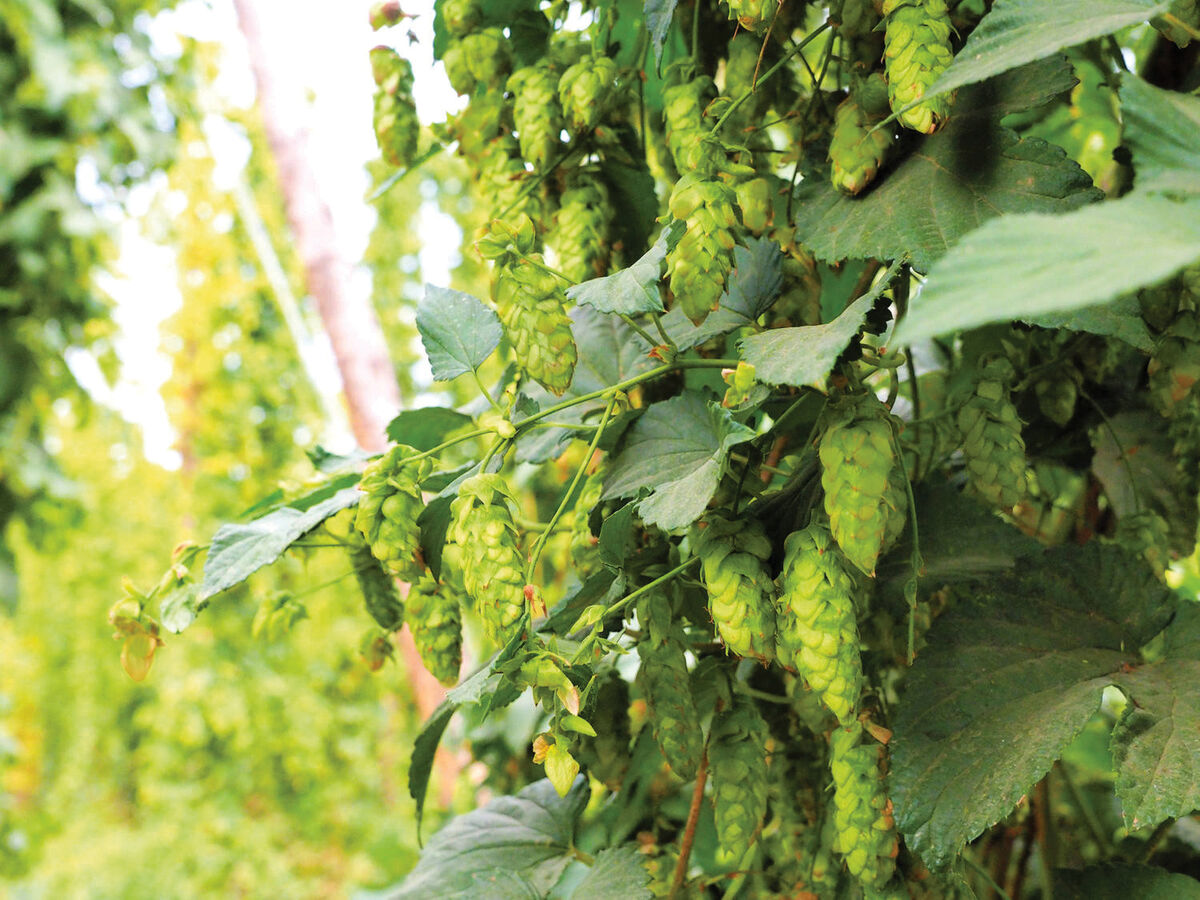
Hop flowers provide balancing spice and bitterness in beer. Most craft beer aficionados know the classic hop notes of flowers, citrus, grapefruit and pine, but what if hops could also provide nuances of coconut, grape, melon, peach, pineapple, chive, berries, vanilla and more? New hop types with unique aroma and flavor profiles fascinate modern craft brewers. This article showcases an exciting collection of established and experimental hop varietals that show extraordinary promise for 2021.
Just 40 years ago, brewers could only choose from less than 50 global hop varieties. These days, almost 200 varieties of hops exist, with another 100 or so experimental hop types currently under development. It takes roughly ten years for a new hop strain to make it to market by proving its worth through disease resistance, vigor and appealing aroma and flavor characteristics. It’s not surprising that only a handful of new hop varieties make it to market each year and end up in brew kettles.
Hop reproduction can involve sexual and asexual processes. In nature, the wind carries pollen from a male hop plant to the cones of a female plant, producing tiny seeds. Hops also spread without seeds by way of root rhizomes that grow horizontally through the soil or are transplanted to new areas by hop farmers. But how do growers develop new varieties of hops through cross-breeding?
Finish reading this article by becoming a premium subscriber.
Visit the store now. Options start for only $9.95!